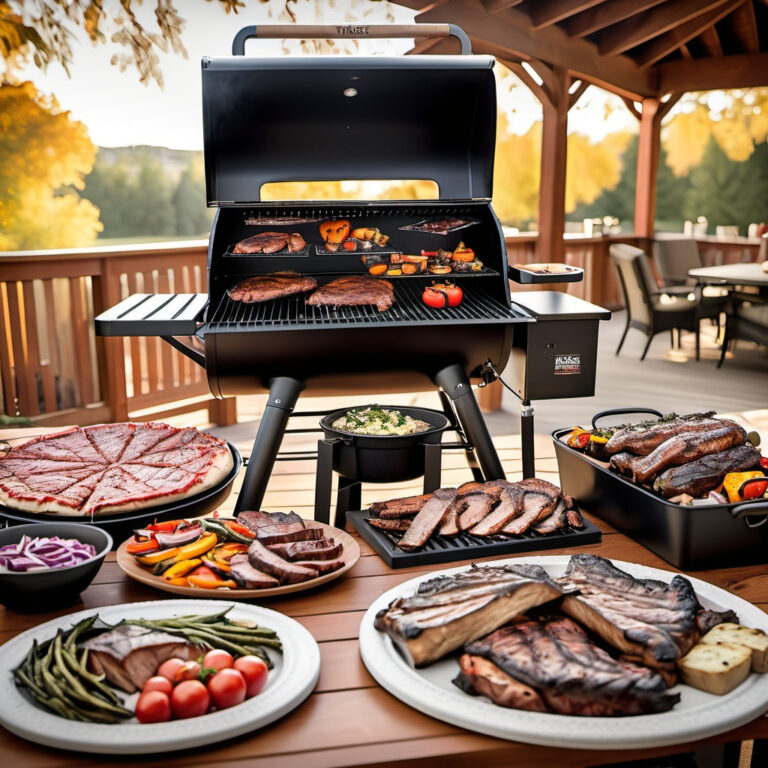
Mastering basic cooking techniques is essential for anyone looking to improve their culinary skills. These fundamental methods are the building blocks of cooking, allowing you to prepare a wide variety of dishes with confidence. Whether you’re just starting out or looking to refine your skills, understanding these basic cooking techniques will elevate your cooking and make meal preparation more enjoyable.
Knife Skills: The Foundation of Basic Cooking Techniques
Chopping, Dicing, and Slicing: Essential Basic Cooking Techniques
One of the most important basic cooking techniques is knife skills. Learning how to properly chop, dice, and slice ingredients ensures even cooking and enhances the texture of your dishes.
- Chopping: Use a rocking motion with your chef’s knife to cut vegetables into uniform pieces.
- Dicing: Create small, even cubes by stacking and slicing vegetables.
- Slicing: Make thin, even slices for ingredients like onions and meats.
Quote: “The right knife skills can transform your cooking from average to exceptional.” – Culinary Expert
Mincing Herbs and Garlic Using Basic Cooking Techniques
Mincing herbs and garlic adds intense flavor to dishes. Use a sharp knife and a stable cutting board for best results.
- Herbs: Gather herbs into a bundle and slice thinly.
- Garlic: Crush cloves with the flat side of the knife, then mince finely.
Cooking Methods: Mastering Basic Cooking Techniques
Sautéing: A Fundamental Basic Cooking Technique
Sautéing is a versatile cooking method that involves cooking food quickly in a small amount of oil over high heat.
- Technique: Preheat your pan, add oil, and cook food while stirring frequently.
- Best For: Vegetables, meats, and seafood.
Table: Sautéing Basics
| Ingredient | Oil Type | Heat Level | Cooking Time |
|---|---|---|---|
| Vegetables | Olive oil | Medium-high | 5-7 minutes |
| Chicken | Vegetable oil | Medium-high | 6-8 minutes |
| Shrimp | Sesame oil | High | 3-5 minutes |
Roasting: Using Basic Cooking Techniques for Delicious Results
Roasting uses dry heat to cook food evenly, often in an oven. This method brings out rich flavors and caramelizes the ingredients.
- Technique: Place food on a baking sheet, season, and roast at high temperatures.
- Best For: Vegetables, meats, and fruits.
Quote: “Roasting transforms ingredients, making them richer and more flavorful.” – Culinary Guide
Boiling and Simmering: Core Basic Cooking Techniques
Boiling and simmering are fundamental methods for cooking grains, legumes, and pasta.
- Boiling: Cook food at 212°F (100°C) until tender.
- Simmering: Cook food at a slightly lower temperature, around 185°F (85°C), to develop flavors.
Table: Boiling vs. Simmering
| Method | Temperature | Best For | Cooking Time |
|---|---|---|---|
| Boiling | 212°F (100°C) | Pasta, potatoes | 10-15 minutes |
| Simmering | 185°F (85°C) | Soups, stews | 30 minutes+ |
Baking Basics: Applying Basic Cooking Techniques
Measuring Ingredients Correctly: A Basic Cooking Technique
Accurate measurement is essential for baking success. Use the correct tools for dry and liquid ingredients.
- Dry Ingredients: Use measuring cups and level off with a knife.
- Liquid Ingredients: Use a liquid measuring cup and check at eye level.
Mixing and Folding: Fundamental Basic Cooking Techniques
Proper mixing and folding techniques help achieve the desired texture in baked goods.
- Mixing: Combine ingredients until just mixed to avoid overworking the batter.
- Folding: Gently incorporate ingredients without deflating the mixture.
Sauce and Soup Fundamentals Using Basic Cooking Techniques
Making a Basic Sauce: Core Basic Cooking Techniques
Creating sauces from scratch enhances the flavor of many dishes. Use a roux (flour and fat) as a base for creamy sauces.
- Technique: Cook flour and fat together, then gradually add liquid while whisking.
Table: Basic Sauce Ingredients
| Ingredient | Purpose | Quantity |
|---|---|---|
| Butter | Fat | 2 tablespoons |
| Flour | Thickener | 2 tablespoons |
| Milk | Liquid base | 2 cups |
Crafting Soups and Stocks: Using Basic Cooking Techniques
Soups and stocks form the basis of many recipes. Learn to make a flavorful broth and rich stock.
- Broth: Simmer meat, vegetables, and seasoning for a clear liquid.
- Stock: Simmer bones and vegetables for a more robust flavor.
Quote: “Homemade stocks and soups are the soul of good cooking.” – Culinary Author
Key Takeaways
- Mastering basic cooking techniques like knife skills, sautéing, and roasting is essential for effective meal preparation.
- Proper measurement and mixing are critical for successful baking.
- Understanding how to make sauces and soups enhances your culinary repertoire.
FAQ
1. What is the difference between boiling and simmering?
- Boiling is cooking at a high temperature with rapid bubbles, while simmering is at a lower temperature with gentle bubbles. Simmering is ideal for developing flavors.
2. How can I improve my knife skills?
- Practice regularly and use a sharp, quality knife. Watching tutorials and taking a knife skills class can also be helpful.
3. What are the best oils for sautéing?
- Olive oil, vegetable oil, and canola oil are commonly used. Choose based on the flavor and smoke point you need.
Discover More Delicious Recipes 📚
Ready to try more mouth-watering recipes? Check out our Book of Recipes for a collection of expertly crafted dishes that will delight your taste buds and elevate your cooking skills!
Quick and Delicious Chicken and Gravy Recipe: Comfort Food in 5 Minutes
Discover the ultimate comfort food with this delicious chicken and gravy recipe. In just 5 minutes, you can create a rich and creamy gravy to complement perfectly cooked chicken. This easy-to-make dish is ideal for a hearty weeknight meal or a cozy family dinner. For more great meal ideas, check out our weeknight dinner recipes and creamy sauce recipes.






